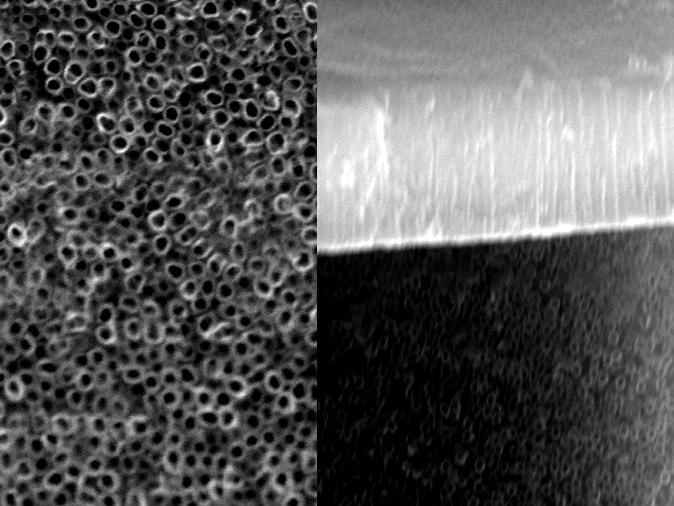![]() Micro/Nanoscale Thermal-Fluid Science
Micro/Nanoscale Thermal-Fluid Science
|
- |
Research Achievements: Micro/nanotechnology develops a large number of microfluidic and nanofluidic systems in silicon, quartz, glass, plastics, etc. The importance of micro/nanoflow arises from new applications in these system devices, such as microreactor hydrogenation-reaction conduction, microfuel cell transport (or other micropower sources), micropropulsion, microheat exchanging, and microchip cooling, etc. We initiated the studies of buoyancy-driven gas microflow (see Chen & Weng 2005 J. Heat Transf.-Trans. ASME 127, 1053) and thermocreep-driven gas microflow (see Weng & Chen 2008 Appl. Phys. Lett. 92, 094105). We also placed emphasis on the importance of thermal creep (see Chen & Weng 2006 J. Phys. D, 39, 3107, and Weng & Chen 2008 J. Phys. D, 41, 115501) and examined the roles of variable physical properties (see Weng & Chen 2008 J. Heat Transf.-Trans. ASME, 127, 1053) and wall-surface curvature (see Weng & Chen 2009 Int. J. Heat Mass Transfer 52, 1075). Recently, we found that based on the Navier-Stokes (NS) equations subject to the second-order slip boundary conditions, continuum modeling can be valid for the Knudsen numbers up to 1.60 (see Weng & Chen 2008 Phys. Fluids, 20, 106101). This means that NS-based second-order slip models may be used to analyze the gas transport phenomena in microfluidic devices in standard atmospheric conditions operate in the regimes for entire MEMS and μ-TAS applications. In addition, we provided a more detailed microscale theory of magnetogasdynamics (MGD) and developed a mathematical model of pressure-driven gas flow and heat transfer through a heated microchannel in the presence of an applied electric and magnetic field (see Weng & Chen 2013 Int. J. Heat Mass Transfer 57, 16). |
| Illustration |
|
˙Microfluidics•Nanofluidics |
 |
|
˙Microfluidics•Nanofluidics |
|